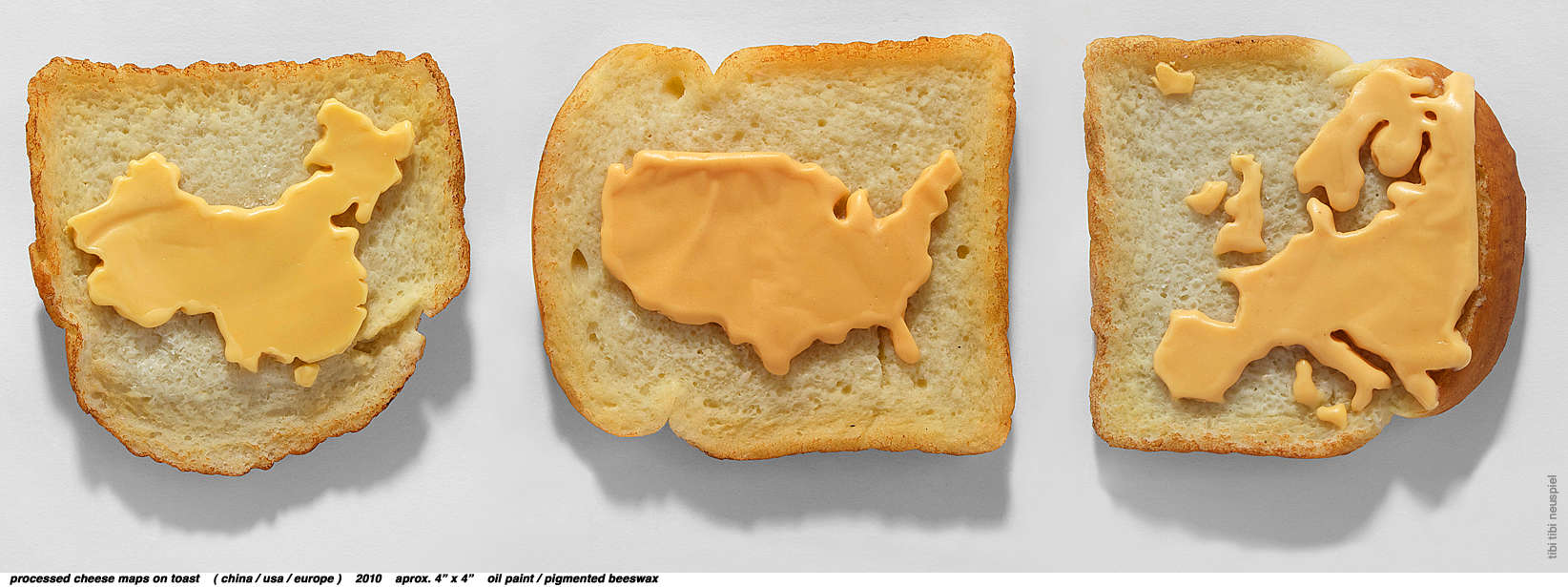Although Tibi Neuspiel has gained mass media attention and praise with his 2011 Nuit Blanche performance piece, “The Tie-break,” in collaboration with Geoffrey Pugen, his creative career actually started with a short immersion into artistic counterculture. “I remember realizing, the summer I was fifteen, that I could just take my bike and go out all night long, and my parents didn’t really care or notice. After a couple weeks [of doing this] I ended up in this extended suburban area, and I wanted to do something to fill the time.
I started spray-painting as a way to [do that],” Neuspiel says, reflecting on his life growing up in Ottawa.He joined some friends and pursued graffiti collectively that summer. Working to prove himself as a peer, he began practising drawing individually. It was this independent style of creating art that ultimately held Neuspiel’s interest.
“I was aware of other art growing up. I would go to museums on vacations as a lot of people do, and Ottawa at least has the National Gallery, which has a reasonably good contemporary collection. So, the fact that there were other things besides graffiti and simple drawings made me feel more comfortable. The ideas I wanted to explore artistically would have been impossible and unacceptable within graffiti culture.”

Presently, much of Neuspiel’s art appropriates recognizable images, playing with the roles that familiar forms can take. Life cereal, Advil, and Pepto Bismol are only a few of the trademarks used in his pieces. Echoing the tradition of pop artists, Neuspiel removes familiar objects and tweaks them to find acceptance in formalized fine art settings. “I really like a lot of the stuff that I’m surrounded by. The Advil box or Pepto Bismol bottle are actually really attractive objects that are also banal. After making things with my own hands, I realize there’s a limit to what I can actually do with them but there’s something beautiful about automated, produced objects: the way the corrugated cardboard’s folded, or the way the perfect cap is formed to the bottle so fluid won’t leak through when it’s turned upside down.”
This appreciation for flawlessly manufactured uniformity contrasts his work from last fall when performing “The Tie-break” at Commerce Court during Nuit Blanche. Re-enacting the fourth set from the 1980 Wimbledon gentlemen’s singles finals between Björn Borg and John McEnroe, Neuspiel and Pugen played their roles convincingly, with some obvious discrepancies from the tennis legends they emulated. Dressed meticulously in the style of these athletes, Neuspiel and Pugen’s nightly live performances each developed differently. The relationship of appearance versus execution captivated audiences and critics, garnering a rash of positive media attention. The retrospective exhibition “The Tie-break,” which just concluded at the Neubacher Shore Gallery, serves as a testament to the performance piece’s longevity.
In response to being called a performance artist versus a sculptor, Neuspiel reflects, “I guess it’s good to be branded as as many things as possible so you have many opportunities for people to accept [the work you’re doing].” However, the impulse of critics and dealers to draw distinctions between artists can pose barriers upon opportunities, such as grants, exhibitions, and sales. “I’m not really keen on separations like ‘the photography world,’ ‘the print-making world,’ and ‘the fibre-art world.’ These are all kind of silly, especially with the contemporary model of the artist, who should want to explore as many things as possible.” Recognizing that, Neuspiel does have a special affinity for sculpture.
“I would just call what I do sculpture, even if it involves performance or painting on a canvas — even when I was recently doing the performance at Nuit Blanche. Sculpture is my sort of self-genre of art that I feel I can confidently speak the language of.” Neuspiel’s next two solo shows forgo performance. “It’s a pretty infrequent thing that I do.”
Yet the intense spotlight Neuspiel endured has given him grounding to consider employing his physical self as the object of art in the future, if an interesting performance idea strikes him or if there’s a chance to do an artist’s talk. One sure thing is that Neuspiel will certainly remain involved in producing art. “There’s only so much time, and I don’t want to spend time doing something I don’t enjoy.” With this in mind, Neuspiel works to maintain creating art as a genuine pleasure rather than a chore. “I just don’t want it to feel like work. The idea of not enjoying this is horrifying to me.”


